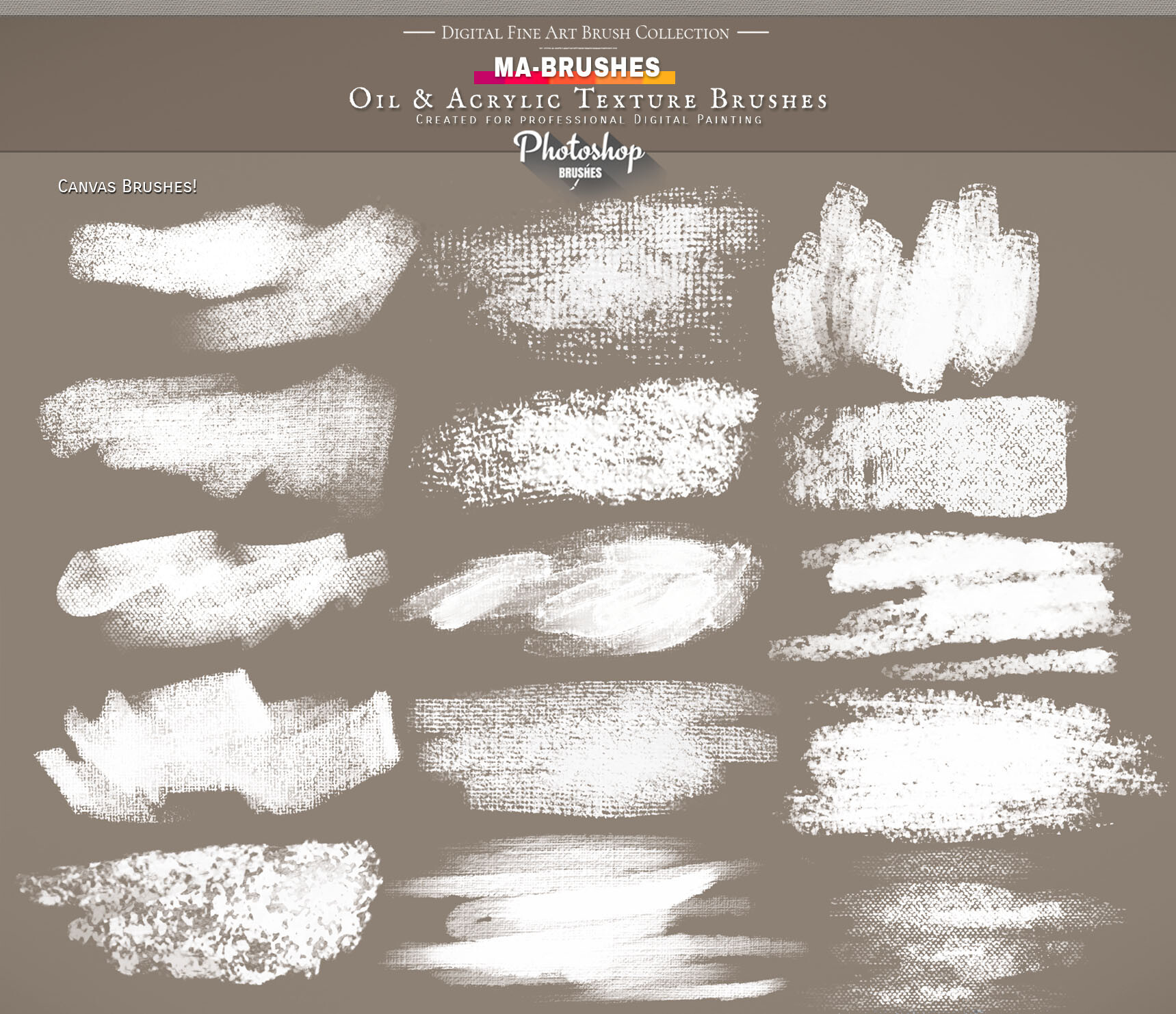
It is not the common way of digital brushes, it apply color mimicking smudge/smear/duling of current brush with the current layer plus a a color if wanted, is the nearest simple approach to something somewhat similar to what happens in real world. What you primarily want most probably is a brush that applies color through smudge, dulling, smearing. In those cases you will be better with some program like Corel Painter, but be aware, programs like so have an absurd (really absurd.) amount of settings. all this need to be "built" by the painter in those more digital image manipulation like programs as Krita and Photoshop, to avoid patterned or not much realistic results. Only programs like Corel Painter (mostly CP in particular) will help you mimicking extremely well many behaviours, as water colors borders, the 3D we see on strokes soaked of oil/gouache/acrylic/etc texture, the effect of paint infiltrating wet paper, etc. Take in mind that much traditional paint intended tools like Corel Painter may not work as I describe, only their programmers and God knows what it make to get those results, for sure beaffy computer :), it is not a bad tool, but I can't explain how they get from traditional-to-digital-mimic. Be aware that many visual aspects of the big "why" point can be a reflex from other points I point later. I will first point a quick possible big "why" for your problem and latter point other possible problems from digital vs traditional. I use Krita, not Photoshop so I can't point you a solution specifically in Photoshop.

So, can anyone tell me exactly what's happening here?Īny video tutorial on using brush strokes will be very helpful. If I continuously paint my artwork using brush by putting my stylus down the overlapping doesn't happen. As soon as I making a new stroke again putting the stylus down on the pen tablet the previous stroke is over-lapping. Until now what I was able to guess is that, this over-lapping is happening because I am picking up the stylus from the digital tab while I drawing/creating a brush stroke. This doesn't happens in digital art due to transparency, if you apply a new stroke upon the old one both overlaps and a darker color appears in the overlapping area (I found a fix to this here within the GD Stack Exchange forum), but my question is something else. Even if I apply a new brush stroke upon the previous one it used to blend with the old one. Let me be a little more elaborate, when I was painting on canvas I was able to bend all the brush strokes together. I am getting into the world of Digital art slowly but I ma having a hard time with brush strokes. I used to make sketches on paper and was accustomed to the usage, flow and technique of applying brush strokes in the real world.

I am new to Digital Art and it's a completely new world.


 0 kommentar(er)
0 kommentar(er)
